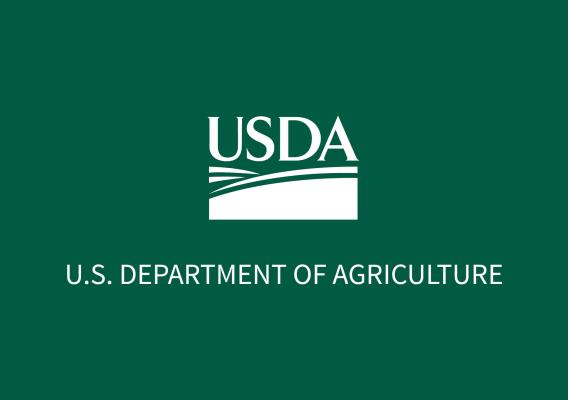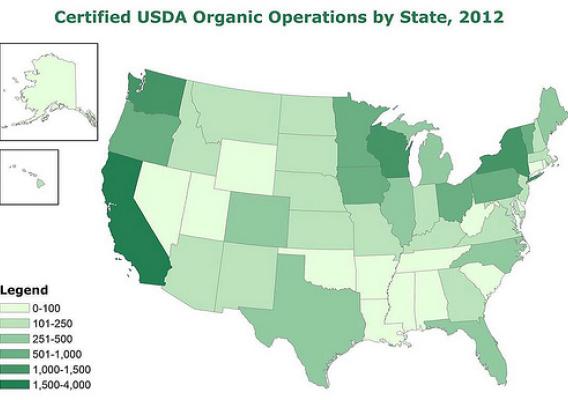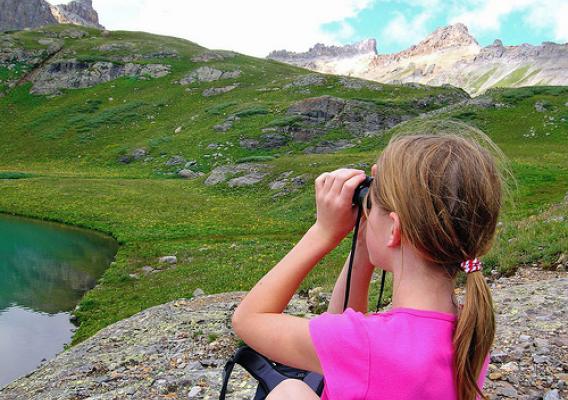“The Rural Business Enterprise Grant program (RBEG) is one of the most flexible economic development opportunities offered by USDA Rural Development.” Those words from New Mexico State Director Terry Brunner kicked off a webinar workshop recently to discuss the RBEG program and how to apply for funds.
In the past, here in New Mexico, the RBEG has been used to fund business incubators, feasibility studies, business plans, and it has financed technical assistance programs for business development.
Earlier this month, the staff from Rural Development’s State Office in New Mexico hosted a workshop that gave a complete overview of the RBEG program explaining the funding is made available to public bodies, nonprofit organizations, public and private nonprofit institutions of higher education, and Indian tribes to facilitate and finance the development of small and emerging private business enterprises in rural communities and cities up to 50,000 in population.










